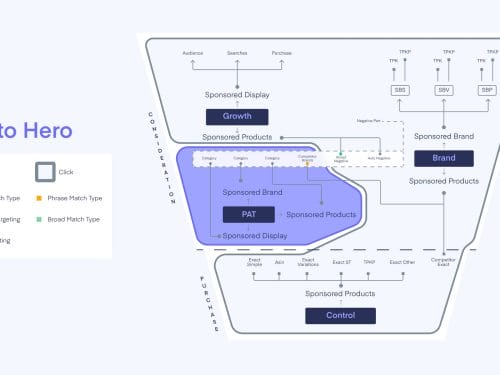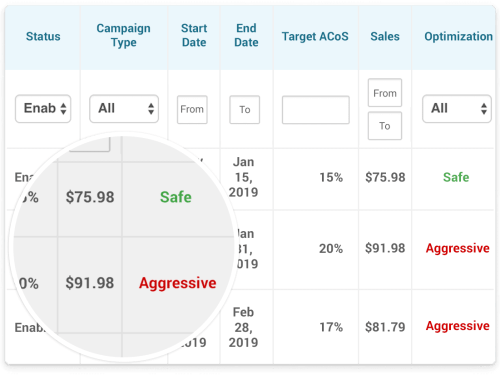
ACoS stands for Advertisement Cost of Sales and is a very important metric to know when running an Amazon PPC campaign. It is the amount of your ad spend divided by your sales revenue.
ACoS is often used as a benchmark for Amazon PPC campaigns, and ideally you would want to see it as low as possible. However, this is not always the case and can be difficult to achieve.
Amazon
ACoS (Advertising Cost of Sale) is a critical metric for Amazon sellers to consider when optimizing their PPC campaigns. It can help you make strategic decisions about ad spend and bid changes to boost your campaign performance.
To calculate your ACoS, divide your ad spend by your ad-generated sales revenue. Then multiply this number by 100 to see your ACoS.
Your ACoS is influenced by many factors, including your product quality, your ad bids, and the overall efficiency of your Amazon advertising strategy. It also ties into other primary metrics, such as conversion rate.
You can improve your ACoS by boosting your product’s ratings and reviews. This helps to increase visibility and attract more shoppers.
In addition, you should optimize your product page for a high conversion rate. This will lead to lower ad costs and increase your profits per unit.
ACoS Formula
The ACoS formula is a key metric that helps you evaluate the efficiency and profitability of your Amazon advertising campaigns. It is a simple calculation that you can easily use to see how well your ads are performing.
It is a good idea to keep track of your ACoS as you run your ads, so that you can optimize your bids and improve your overall performance. It’s also important to monitor your total ACoS, or TACoS, as this is a good indicator of your level of reinvestment into your account.
Having a clear understanding of your break-even ACoS is essential to maximizing the profitability of your ad campaigns. This is the point where your advertising costs exceed your pre-advertising profit margin for a product.
You can calculate your break-even ACoS using the formula, which is simply: ACoS = (Ad Spend / Ad Revenue) * 100. It’s a quick and easy way to measure your advertising ROI and compare it to your other marketing activities.
ACoS Calculator
ACoS (Advertising Cost of Sales) is a common metric used to evaluate the success of an advertising campaign. It is calculated by dividing the total cost of an ad campaign by the number of advertising sales it generated.
There are a few key factors influencing ACoS: CPC, conversion rate, and product sale price. If your CPC isn’t too high, your conversion rate is good, and the unit sale price is high enough, you should be able to get an optimal ACoS percentage.
Generally, you want your ACoS to be around 15-20 percent. This is the average amount you should aim for to maximize profit from your ads.
The higher your ACoS, the more you’ll need to spend on ads to reach the same level of sales and profitability.
Using ACoS as a guide can help you make informed choices about where and how to invest your PPC budget, giving you a better chance of hitting your sales goals. However, it is important to note that ACoS is a complex metric and can be affected by many different factors.
KDP Sales Calculator
The KDP Sales Calculator is a handy tool that gives you an idea of how much your Kindle eBook is selling. The calculator uses Amazon’s KDP Page Reads metric to give you an idea of how many sales your eBook is making.
This is a key piece of information for Amazon KDP Select authors because it can affect your Amazon Best Seller Ranking. For example, when readers borrow your book through KU or KOLL, Amazon counts the number of pages they read from your eBook as a sale.
If you’re publishing a large file size book like a cookbook, art book, travel guide, or any other book with a lot of pages, Amazon may charge you an extra fee for each download. This is known as the Delivery Cost, and unless you select the 35% royalty option (which isn’t profitable for most self-published authors), you’ll have to pay this fee.
Luckily, there are plenty of free tools out there to help you with this process. Here are some of the most helpful:




